
Luxury watches have always been about more than telling time. They are wearable art, miniature sculptures that live on the wrist. The rarest pieces combine technical innovation with craftsmanship so refined it borders on sculpture.
Some do it through intricate movement design, others through the rare materials and finishes that make each piece unique.
The world of high horology thrives on scarcity, and nothing signals that more than a dial made from meteorite, a case sculpted from sapphire crystal, or an inlay of enamel painted by hand.
When art and materials converge, the result is something collectors chase not for practicality, but for beauty that resists time itself.
The Evolution of Materials in Fine Watchmaking
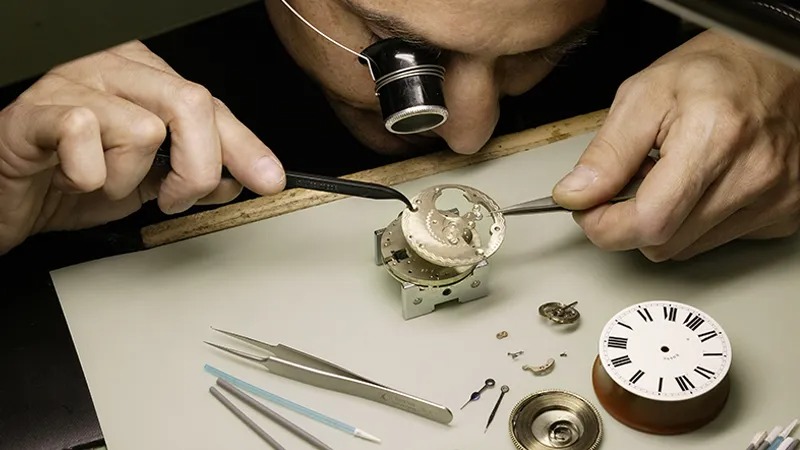
Luxury watchmaking has moved far beyond steel and gold. The past few decades have seen an explosion of experimentation, driven by both technology and artistic ambition.
While early watchmakers worked mostly with brass and silver, the modern era introduced titanium, ceramics, carbon fiber, and even exotic metals used in aerospace engineering.
Yet the most coveted watches often combine such innovation with an artistic soul – an engraved dial, a marquetry inlay, or gemstone detailing done by hand.
The constant experimentation seen in luxury watches has driven new materials to the forefront of fine watchmaking.
Why Materials Matter
The materials used in a watch affect more than its look. They define its character, weight, texture, and longevity.
A watch case in platinum feels vastly different from one in carbon fiber. The same goes for a meteorite dial versus a hand-painted enamel one. Collectors notice those subtleties immediately.
Here are a few material qualities that set the tone for luxury craftsmanship:
- Rarity: Some materials, like meteorite or Damascus steel, can never be replicated exactly.
- Texture: Handmade finishes add tactile dimension and visual depth.
- Durability: Sapphire, ceramic, and titanium improve longevity without losing elegance.
- Artistry: Decorative techniques – enameling, engraving, inlay – transform a watch into an artwork.
Meteorite Dials
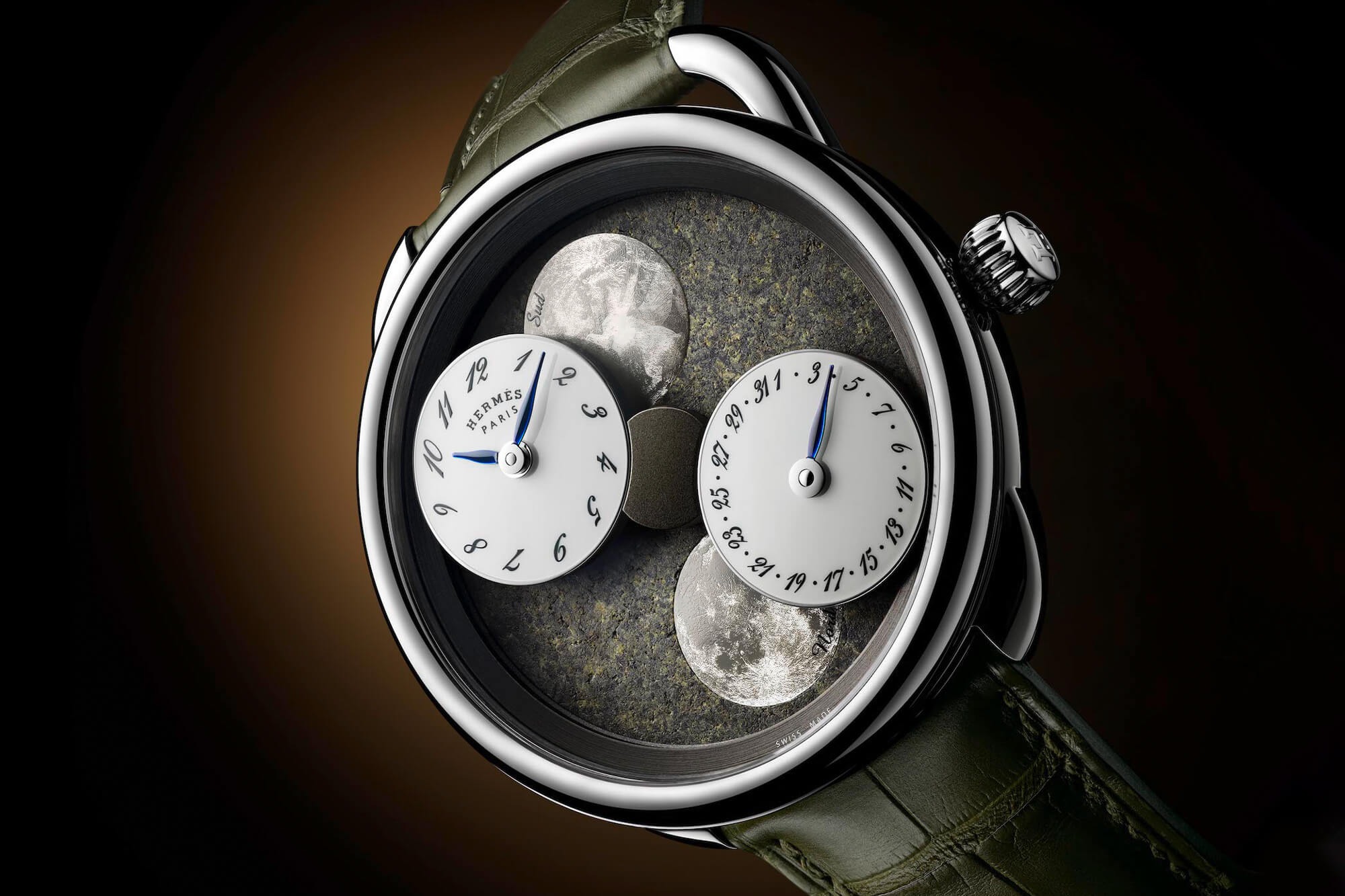
Few materials carry as much natural wonder as meteorite. Formed over millions of years, each fragment that lands on Earth bears a unique crystalline pattern known as the Widmanstätten structure.
No two are identical. When a watchmaker slices and polishes a piece of it for a dial, they’re literally embedding a fragment of outer space.
Meteorite dials first appeared in high-end collections during the late 20th century. Brands such as Rolex, Omega, and Jaeger-LeCoultre have used it to striking effect.
The appeal lies not just in the look, but in the story: a material that traveled through the universe before being turned into a precise instrument of time.
A few iconic examples include:
| Brand | Model | Notable Material Feature |
| Rolex | Daytona Meteorite | White gold case with meteorite dial |
| Omega | Speedmaster Grey Side of the Moon | Lunar-inspired meteorite dial |
| Jaeger-LeCoultre | Master Calendar Meteorite | Meteorite dial with moon phase complication |
Collectors prize these watches not just for aesthetics but for the emotional weight of wearing something cosmic. It’s art and geology wrapped around the wrist.
Enamel Dials
Enameling is one of watchmaking’s most traditional decorative arts. It involves layering powdered glass onto a metal surface, then firing it at high temperatures to achieve a glossy, vivid finish. Every dial must be painted and fired by hand, and a single mistake can ruin days of work.
There are several types of enameling techniques used in horology:
- Grand Feu (Great Fire): The purest and most durable form, producing brilliant colors.
- Cloisonné: Using gold wires to create partitions for different enamel colors.
- Champlevé: Carving recesses directly into the dial, then filling them with enamel.
- Miniature Painting: Tiny brushwork applied under a microscope.
Watches featuring enamel dials are often considered heirloom pieces because of the immense labor involved. Patek Philippe, Vacheron Constantin, and Ulysse Nardin are among the few brands still preserving this art form in modern collections.
Enamel brings depth and permanence. Unlike printed or lacquered finishes, it doesn’t fade. Every shade remains luminous for generations. It’s why collectors often say an enamel dial looks “alive” under light.
Sapphire Crystal Cases
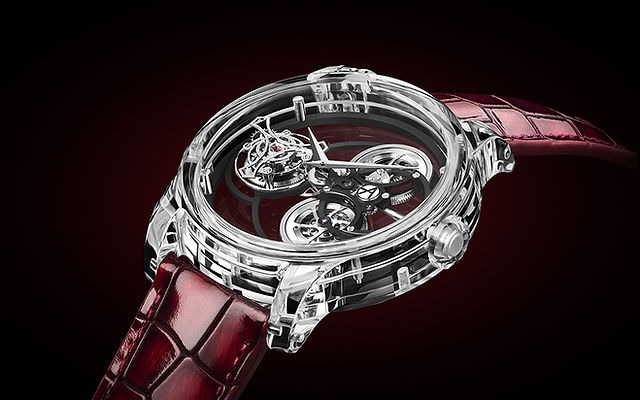
Sapphire crystal is standard for watch faces, but some avant-garde brands have taken it further, crafting entire cases out of it. Sapphire is second only to diamond in hardness, making it both durable and nearly impossible to scratch.
Brands like Richard Mille, Hublot, and Greubel Forsey use full sapphire cases to create the illusion of floating movements. Every bridge, gear, and rotor becomes visible, transforming the watch into a kinetic sculpture.
Producing a sapphire case requires months of machining and polishing. The slightest flaw can cause cracks, and the transparency leaves no room for imperfection.
Yet when done right, the effect is extraordinary, a crystalline body that catches and refracts light while showcasing the movement’s architecture.
It’s the ultimate statement of transparency and craftsmanship. Owning one feels less like wearing a watch and more like holding an engineering marvel against the skin.
Damascus Steel
Originally developed for swords, Damascus steel features intricate wave-like patterns formed by folding and forging different metal layers. Modern watchmakers have revived the technique to create cases and bezels with distinct textures.
Each piece of Damascus steel has its own fingerprint. No two patterns repeat. Some brands also acid-etch the surface to highlight the contrast between the folded layers, producing a dramatic effect.
The beauty of Damascus steel lies in its duality: ancient metallurgy meets modern design. It’s as strong as it is artistic, making it perfect for collectors who want something rugged yet visually striking.
Ceramic and Titanium
Ceramic and titanium represent the technical frontier of high-end watch materials. Both are used to improve durability while maintaining a refined appearance.
Ceramic
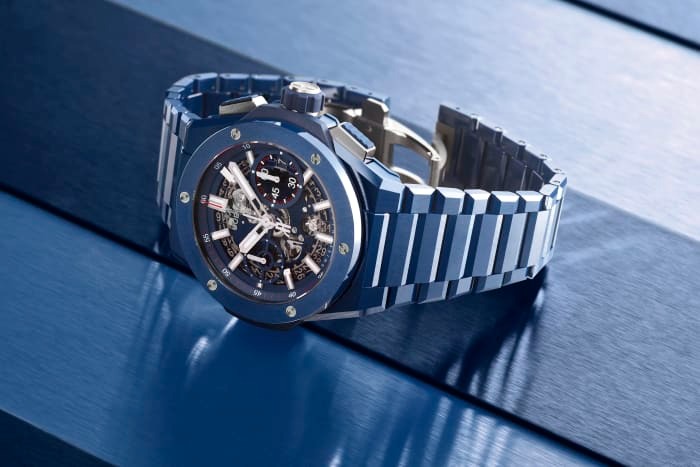
Modern ceramics are virtually scratch-proof, lightweight, and resistant to fading. They can be polished to a mirror shine or finished with a matte surface for a stealthy look.
Notable examples include the Omega Seamaster Planet Ocean Deep Black and IWC Top Gun Mojave Desert, both using ceramic to balance toughness with elegance.
Titanium
Titanium’s appeal lies in its strength-to-weight ratio. It’s lighter than steel but just as resilient, making it ideal for large cases that remain comfortable on the wrist. Its natural grey tone gives it an understated presence that suits modern minimalism.
Brands such as Audemars Piguet and Grand Seiko have embraced titanium in ways that merge tradition with innovation. It’s no longer a material reserved for tool watches – it’s become a hallmark of refined luxury.
Artistic Techniques That Transform Watches into Masterpieces
Beyond rare materials, the artistry behind each component defines the true value of a luxury watch. The most remarkable creations combine techniques more often found in fine jewelry or sculpture.
Guilloché Engraving
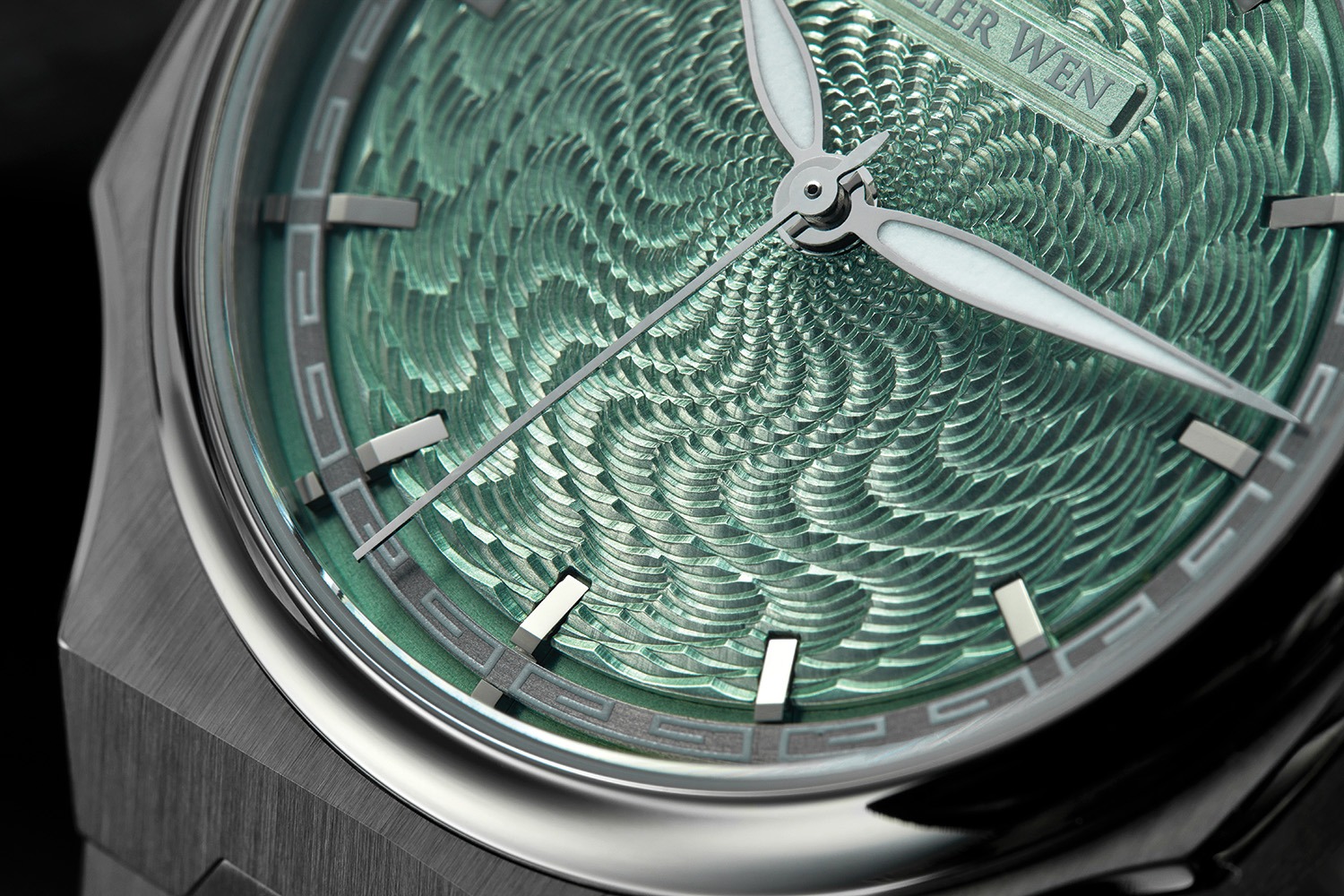
Guilloché is the precise mechanical engraving of repeating patterns, often applied to dials. Using a rose engine lathe, artisans carve intersecting lines that catch light in mesmerizing ways. Breguet made this technique famous, turning functional design into a signature of elegance.
Gem-Setting
Haute horlogerie borrows heavily from jewelry-making, with gem-setting being one of its most time-consuming crafts. The precision required to align stones, often diamonds, sapphires, or rubies, onto a dial or bezel can take hundreds of hours. Every stone must match in size, cut, and color.
Marquetry and Inlay
Some brands go even further by incorporating miniature wood or mother-of-pearl inlays into their dials. Each piece is cut and placed by hand under magnification. The result resembles a tiny mosaic, rich in color and texture.
Limited Editions and Collaborations
Luxury watchmaking thrives on collaborations between engineers and artists. Limited editions often bring together painters, sculptors, or even architects to reinterpret time through their own lenses.
For instance, some independent watchmakers collaborate with enamel painters from Geneva or engravers from Paris to create small runs of 5 to 10 watches.
The goal isn’t mass appeal – it’s artistic integrity. Each model tells a story, often inspired by nature, architecture, or mythology.
Such pieces command extraordinary prices because they blur the line between timepiece and art object. Collectors are essentially acquiring wearable sculptures.
How Collectors Approach Such Pieces
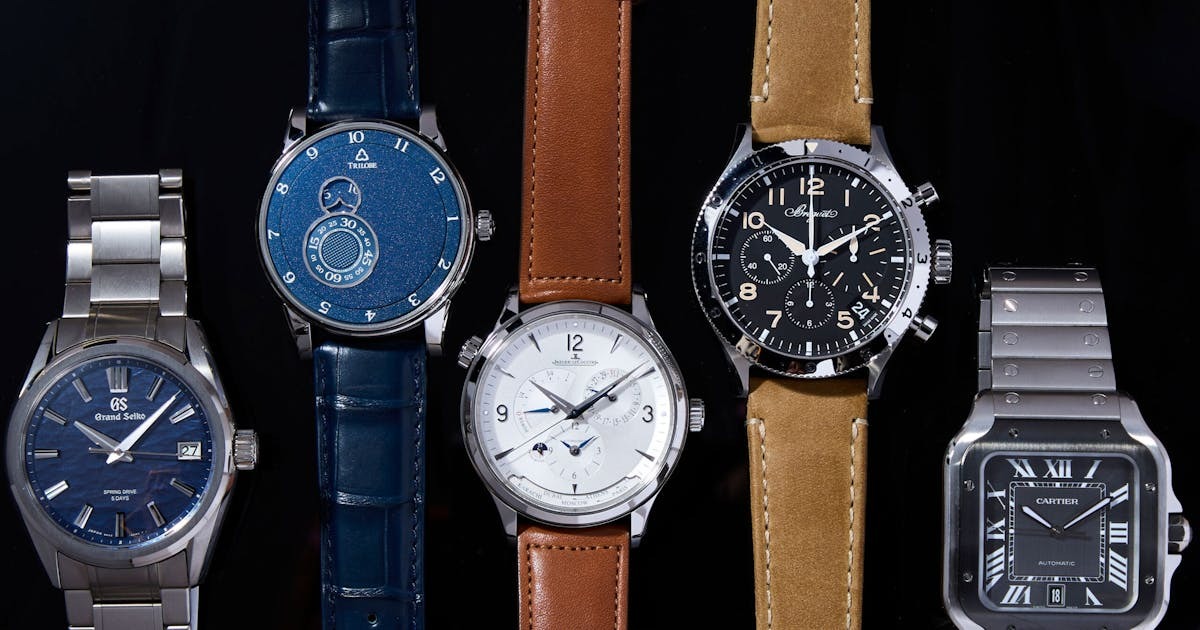
For serious collectors, watches that combine rare materials and artistry fall into a category beyond daily wear.
They are often stored, displayed, or rotated for special occasions. Value tends to appreciate, especially when production numbers are low.
When evaluating such pieces, collectors consider:
- Material provenance: Meteorite, Damascus, or hand-painted enamel all signal authenticity.
- Artisan signature: A specific craftsman or atelier can add prestige.
- Production number: Limited runs or bespoke commissions hold higher long-term value.
- Movement quality: Aesthetic appeal must pair with mechanical excellence.
Collectors often track watches by specific artisans or craftspeople. A dial painted by Anita Porchet, for example, can increase value exponentially due to her global reputation in enamel artistry.
Summary
In a world that values instant gratification, the quiet artistry of high watchmaking offers something different. A luxury watch crafted from rare materials is more than a display of wealth. It’s a celebration of skill, patience, and vision.
Each grain of meteorite, each stroke of enamel, each polished sapphire edge carries human effort and imagination. Together, they create an object that transcends its function, turning time into something worth admiring.






